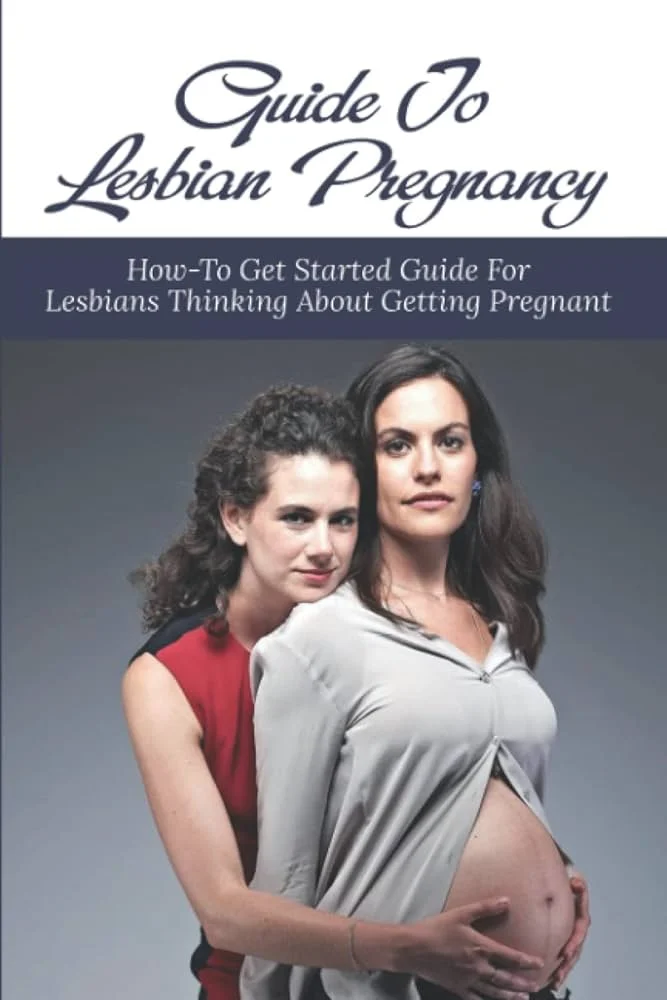Your cart is currently empty!
Comparison of Day 3 vs. Day 5 Embryo Transfer in IVF
When navigating the complexities of In Vitro Fertilization (IVF), one crucial decision couples face is whether to opt for a Day 3 or a Day 5 embryo transfer. Each approach has its own advantages and considerations that can impact the success of the treatment.
Day 3 Embryo Transfer
A Day 3 transfer typically occurs when the embryos have reached the 6-8 cell stage. This method is often favored for several reasons. Firstly, the embryos are still in the nurturing environment of the lab, allowing for close monitoring of their development. This strategy can also be beneficial for patients who have a lower number of viable embryos, as it allows for the transfer of embryos at an earlier stage. Additionally, Day 3 transfers may be less affected by the uterine environment, which might be beneficial for certain patients.
However, there are drawbacks. Day 3 embryos might not have undergone sufficient selection for viability, as they are still quite early in development. This means that some embryos may not thrive once transferred to the uterus. For this reason, clinics may recommend a Day 5 transfer if the embryos are of good quality, as more development time can lead to better selection of viable embryos.
Day 5 Embryo Transfer
On the other hand, a Day 5 transfer, also known as a blastocyst transfer, occurs when embryos have developed further, typically having formed a hollow structure filled with fluid. This can be advantageous as it often indicates a higher potential for implantation. With a Day 5 transfer, embryologists can assess the embryos more accurately, ensuring that only the most viable ones are selected for transfer.
Nevertheless, this approach may pose challenges. Not all embryos will develop to the blastocyst stage, which may result in fewer embryos available for transfer or freezing. Additionally, the uterine environment plays a significant role at this stage, and if it is not optimal, it could impact the success rates of implantation.
Ultimately, the choice between a Day 3 and Day 5 embryo transfer should be made in consultation with a fertility specialist. Individual circumstances such as embryo quality, maternal age, and medical history will influence the best approach for each patient. For more insights on managing the financial aspects of IVF, check out this informative post on financial management. Also, consider exploring the best fertility tools to aid conception, like the Cryobaby at Home Insemination Kit, which is available here. Furthermore, for a deeper dive into IVF and fertility preservation, this podcast offers excellent resources for pregnancy and home insemination.
In conclusion, both Day 3 and Day 5 embryo transfers present unique advantages and challenges. The decision should be tailored to the individual needs of the couple, ensuring the best possible outcome in their fertility journey.
